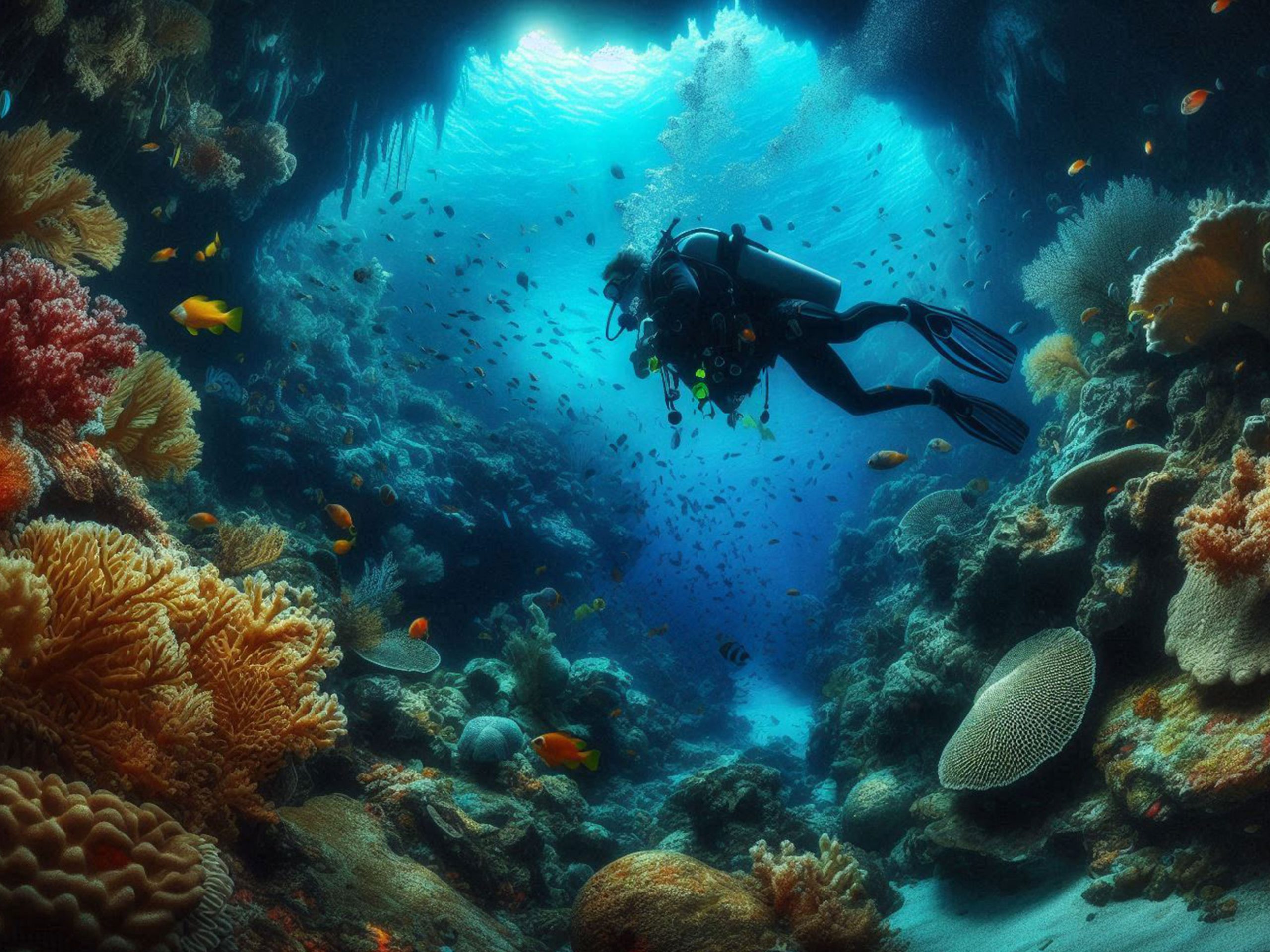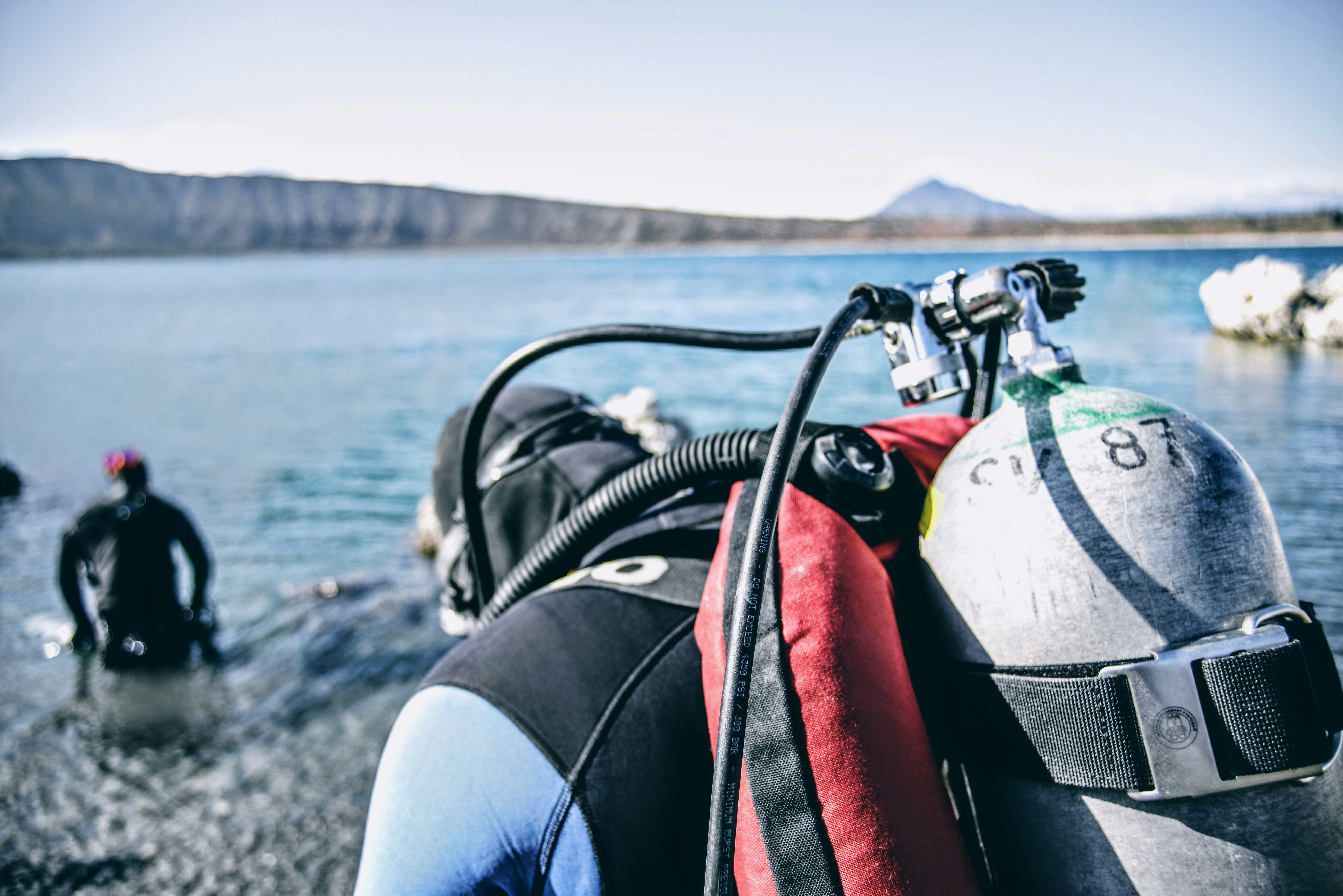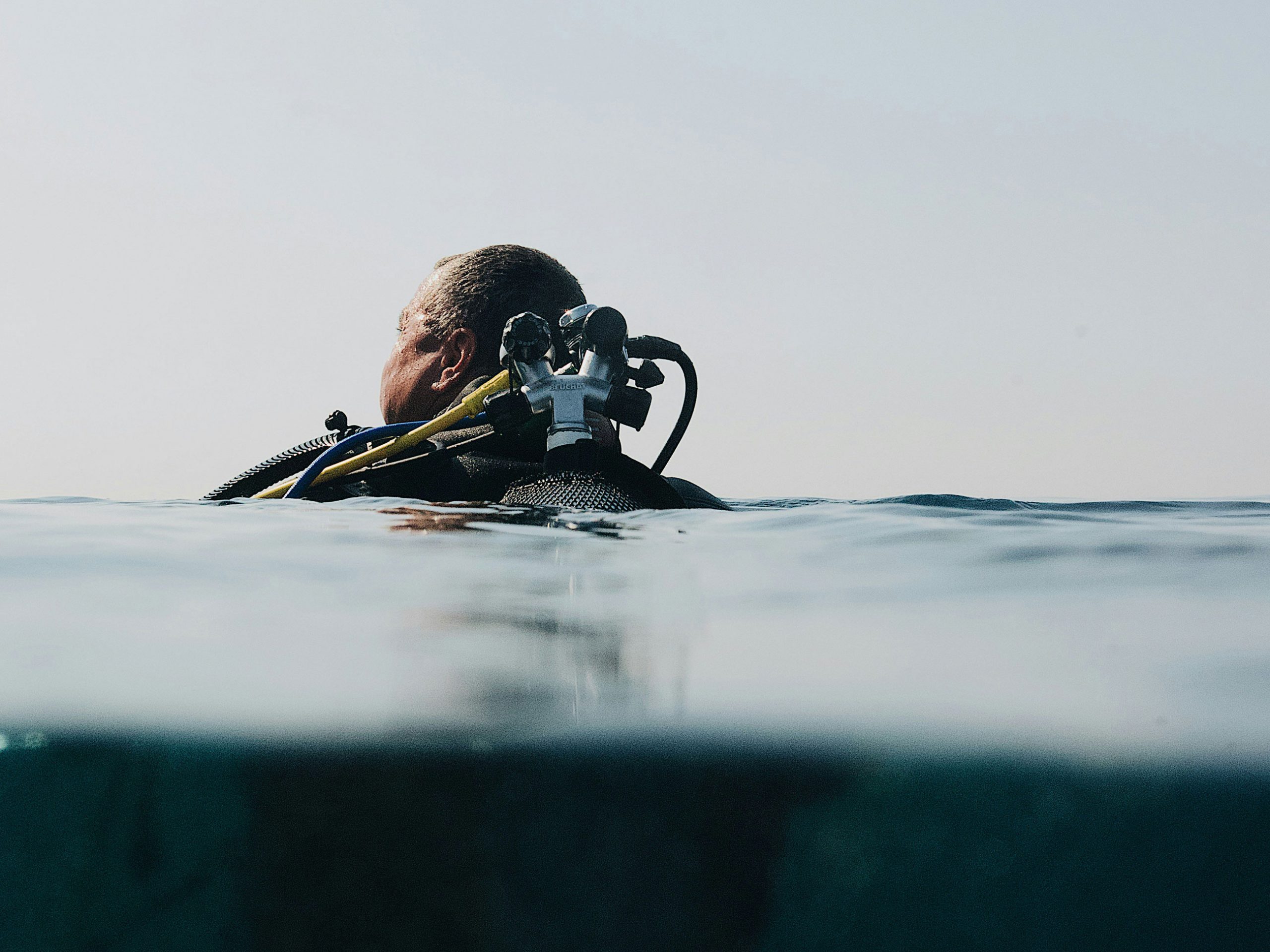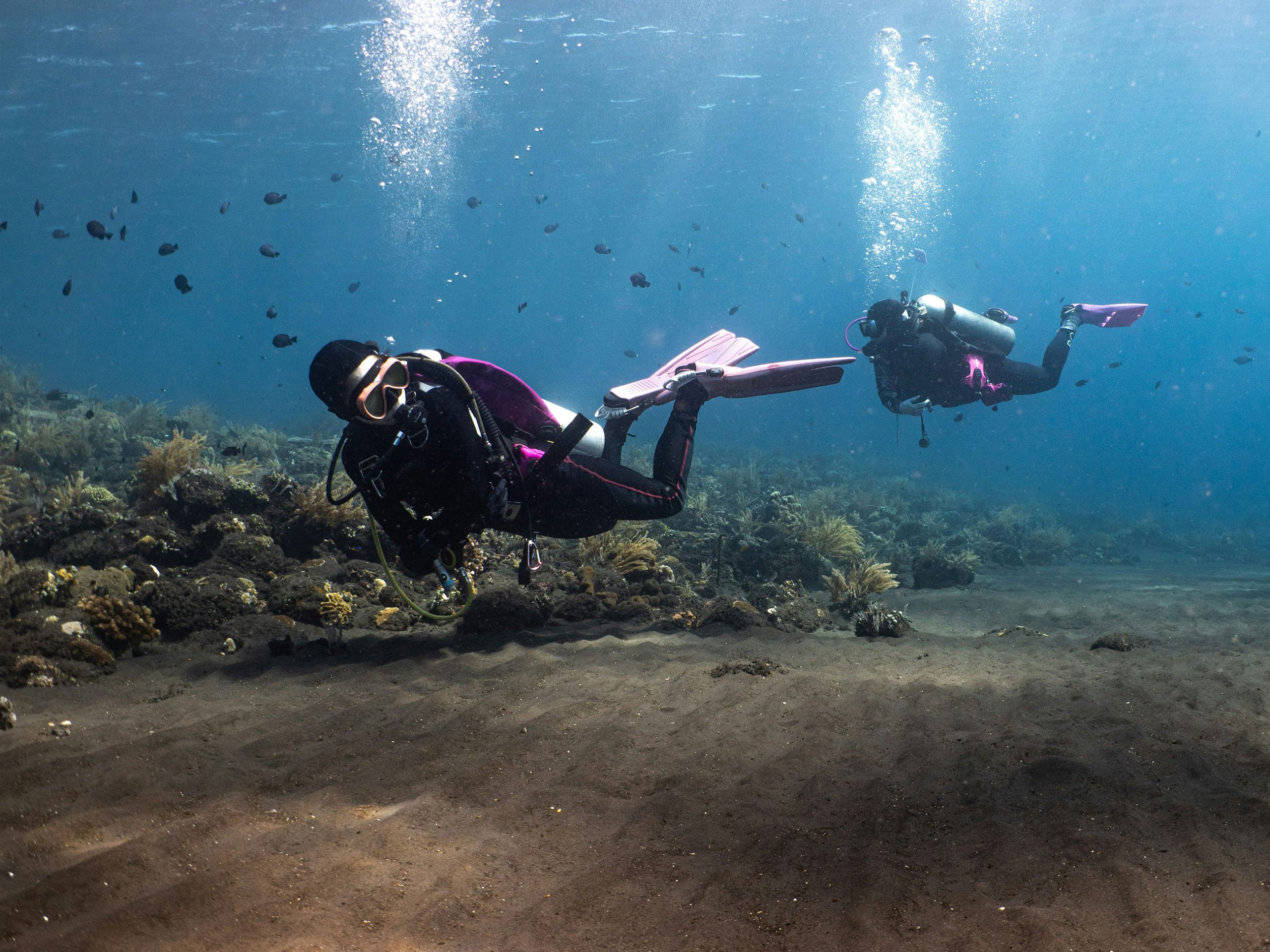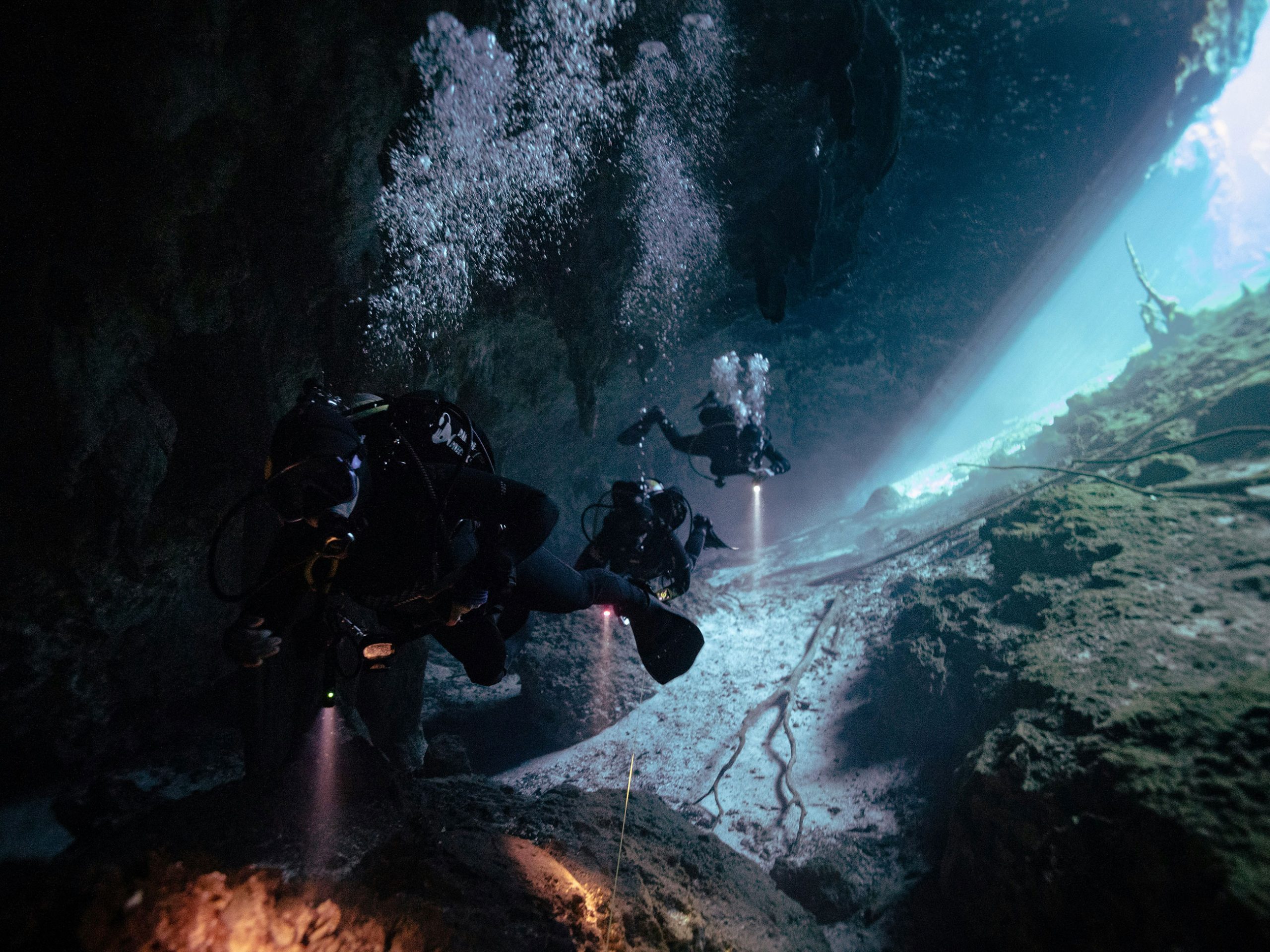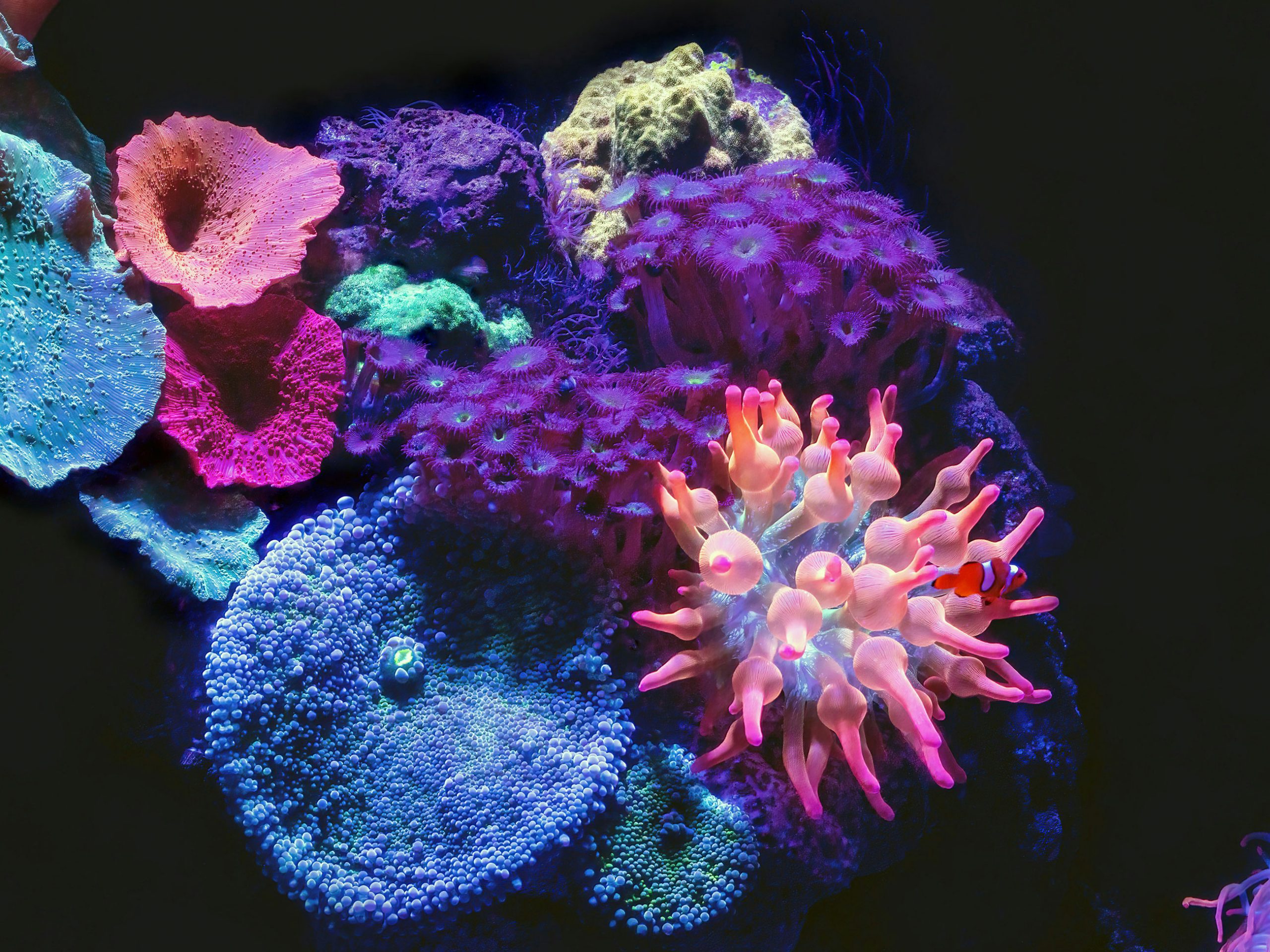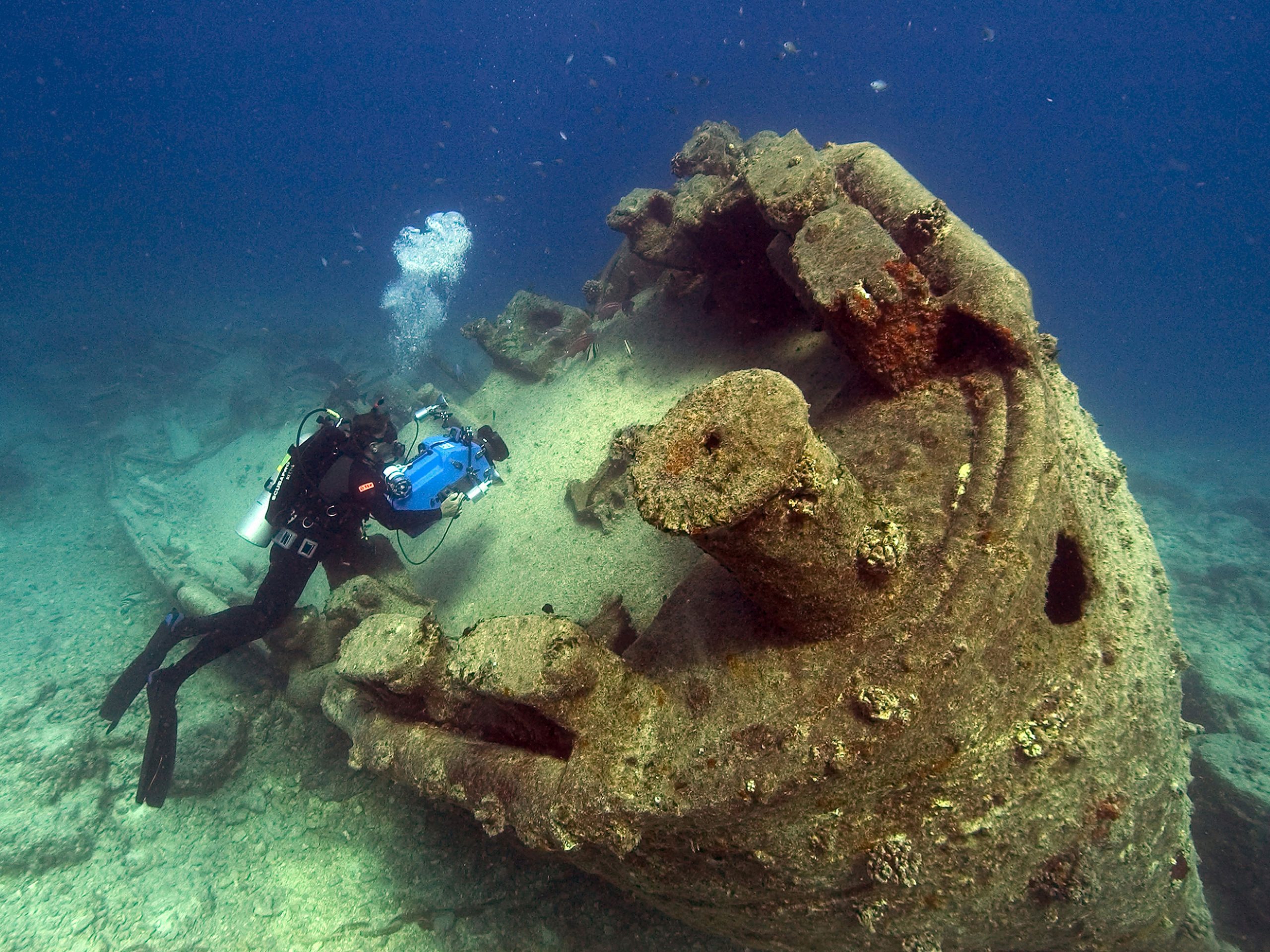Technical diving is where scuba meets adventure, science, and exploration. It’s a natural progression for divers who’ve mastered recreational techniques and are ready to explore the underwater world’s deeper, more challenging corners. From reaching shipwrecks at extreme depths to navigating submerged caves, technical diving expands what’s possible for those who love the ocean.
If you’re an intermediate diver curious about taking your skills to the next level, this article will break down everything you need to know, including what technical diving entails, how to get started, the gear you’ll need, and the incredible experiences waiting below.
What is Technical Diving?
Technical diving is scuba diving’s adventurous cousin. It goes beyond recreational limits, exploring environments that require specialized skills, equipment, and training.
While recreational diving typically involves depths up to 40m (130 ft.) and no-decompression limits, technical diving ventures into deeper waters, where dives often last hours and require precise decompression stops. This type of diving is not about leisure; it’s about pushing boundaries and expanding your capabilities as a diver.
Why is technical diving so appealing?
- The chance to explore places few people have seen, like deep shipwrecks or submerged cave systems.
- The intellectual and physical challenges of mastering advanced techniques and gear.
- A sense of personal accomplishment in achieving something extraordinary.
How Technical Diving Differs from Recreational Diving
To truly appreciate technical diving, it’s important to understand how it differs from recreational diving.
Depth and Duration
- Recreational diving: Maximum depth is 40m (130 ft.) with no-decompression limits.
- Technical diving: Dives often exceed 60m (200 ft.) and involve planned decompression stops to avoid the risks of rapid ascent.
Specialized Equipment
- Recreational gear: Typically involves a single tank, standard regulator, and basic dive computer.
- Technical gear: Includes multiple tanks with different gas mixes, advanced dive computers, and often rebreathers or sidemount configurations for redundancy.
Training Requirements
- Recreational diving focuses on more basic skills like buoyancy and navigation.
- Technical diving requires mastering gas management, decompression theory, and emergency procedures, often through certifications like PADI TecRec or TDI.
Key Disciplines in Technical Diving
Technical diving isn’t a one-size-fits-all activity. It includes several specialized disciplines that cater to different interests and challenges.
Wreck Diving
Technical divers can explore wrecks located at extreme depths, many of which are rich with history and mystery. Techniques include penetrating the wreck safely and managing tight spaces with minimal visibility.
Cave Diving
Cave diving takes you through intricate underwater cave systems, requiring exceptional navigation and buoyancy control. Sidemount systems are commonly used to navigate narrow passages.
Deep Diving with Trimix
Trimix (a mix of helium, nitrogen, and oxygen) allows divers to reduce nitrogen narcosis and oxygen toxicity, making it safer to explore depths beyond 60m (200 ft.). However, using trimix requires extensive training and precise planning.
Essential Gear for Technical Diving
The equipment for technical diving is more complex than what you’d use in recreational diving. Here’s an overview:
Rebreathers vs. Open-Circuit Systems
- Rebreathers: These systems recycle your exhaled breath, allowing for longer dives and reduced gas consumption.
- Open-circuit setups: Ideal for divers transitioning into technical diving, offering familiarity with tanks and regulators.
Multiple Gas Tanks
- Technical divers carry multiple tanks with different gas mixtures, each used at specific points during the dive to manage decompression and minimize risks like oxygen toxicity.
Dive Computers
- Advanced dive computers calculate complex decompression profiles and account for gas switching, ensuring a safe ascent.
Redundancy and Safety Gear
- Backup regulators and redundant buoyancy devices are must-haves.
- Carry a cutting tool, such as a dive knife, to handle potential entanglements.
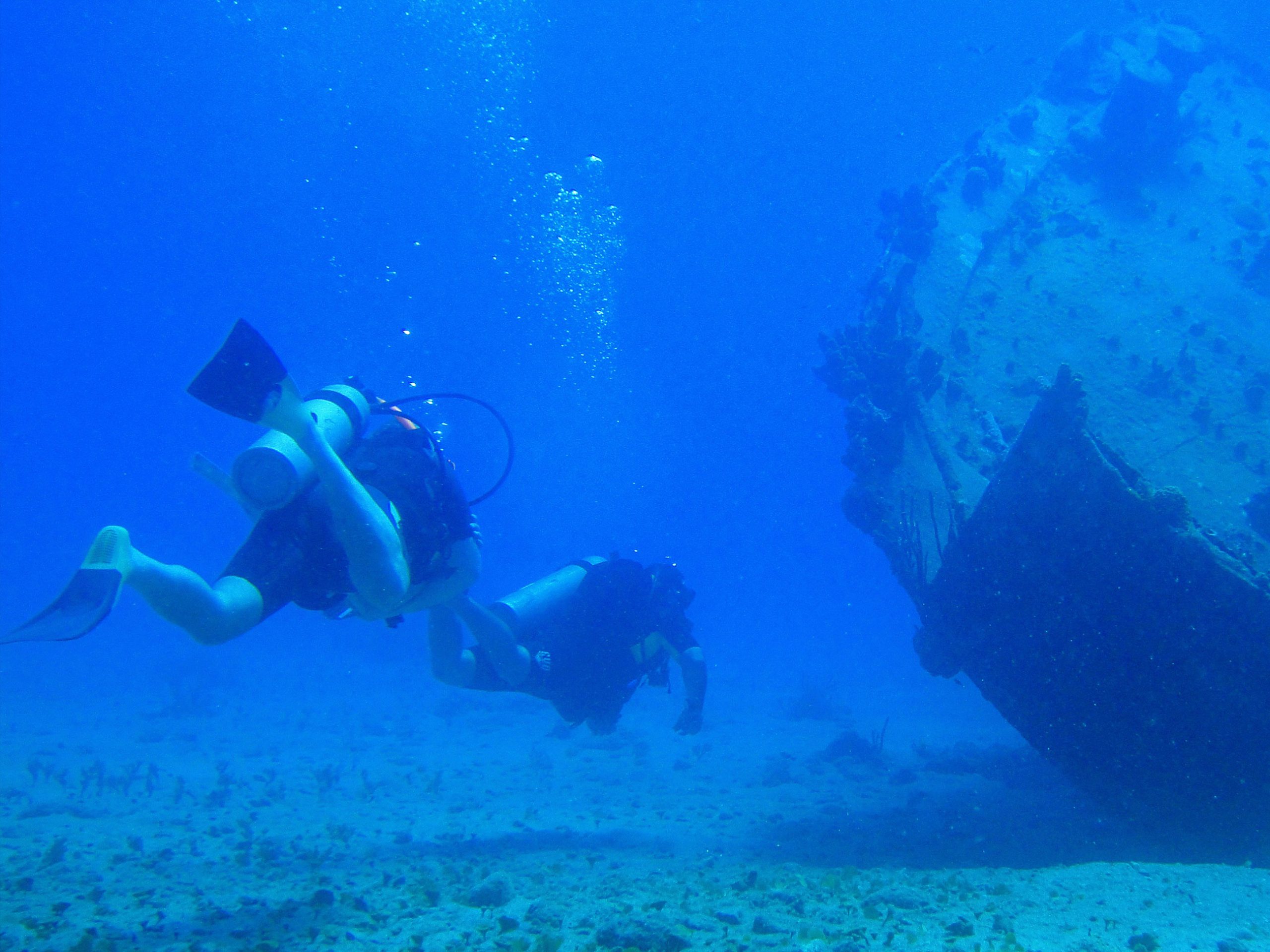
How to Start Your Technical Diving Journey
Getting into technical diving requires preparation, patience, and persistence. Here’s how to begin:
Meet the Prerequisites
- Achieve certifications like Advanced Open Water Diver and Enriched Air (Nitrox).
- Log sufficient recreational dives to gain confidence and experience in the water.
Enroll in an Introductory Course
- Look for programs like the PADI Tec 40 or TDI Intro to Tech, which provide a foundation in gas planning, equipment setup, and emergency response.
Train with Experienced Instructors
- Choose dive centers and instructors with proven technical diving experience and a strong safety record.
Practice in Controlled Environments
- Start with shallow technical dives in calm, familiar waters before attempting more advanced environments like wrecks or caves.
Risks and Challenges of Technical Diving
Technical diving involves inherent risks, which makes training and preparation critical.
Potential Risks
- Decompression sickness: Caused by ascending too quickly or skipping decompression stops.
- Oxygen toxicity: A risk when breathing high levels of oxygen at depth.
- Equipment failure: With so much gear, redundancy is crucial to handle malfunctions.
Mental and Physical Preparedness
- Stay calm under pressure—technical diving often involves limited visibility and confined spaces.
- Maintain physical fitness to handle the extra weight of technical gear and the demands of longer dives.
Benefits of Technical Diving
Despite the challenges, the rewards of technical diving are immense.
Access to Untouched Environments
- Explore pristine wrecks, caves, and deep reefs that few people have ever seen.
Personal Growth and Accomplishment
- Mastering technical diving skills builds confidence and fosters a deep respect for the underwater world.
Join a Global Community
- Technical divers form a close-knit community, sharing knowledge, experiences, and a passion for underwater exploration.
Advanced Adventures in Technical Diving
Ready to push your limits even further? Consider these advanced technical diving experiences:
Expedition Diving
Join international expeditions to explore remote underwater sites or participate in scientific research.
Extreme Depth Records
Pursue record-breaking dives to depths exceeding 300m+ (1,000 ft.), but only after years of training and experience.
Why Technical Diving is Worth Exploring
Technical diving isn’t just about going deeper; it’s about diving smarter, safer, and with a greater understanding of the underwater world. It challenges you physically and mentally while rewarding you with unparalleled experiences and a lifetime of memories.
For intermediate divers looking to expand their skills, technical diving is the ultimate adventure. Take your time, invest in proper training and gear, and get ready to explore places most people will only ever dream of.

